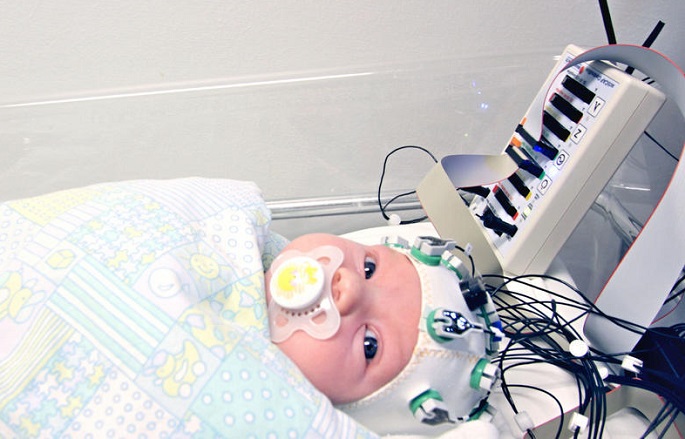Dyslexia risk can be seen in infant’s brain
Published : 04 Dec 2020, 01:08
Updated : 04 Dec 2020, 10:24
Dyslexia might be caused by atypical language development, such as problems in speech, discrimination and these challenges can already be detected in infants by brain studies, the University of Helsinki said in a press release, quoting a study.
The study by the University of Helsinki has identified functional and structural abnormalities in the brain that can help identify children with a particularly high risk of reading difficulties at an early age.
Dyslexia is characterised by difficulties in reading and writing. It is a very common learning disorder that severely impacts academic achievement and well-being, posing a substantial economic burden on the society.
The dissertation of Anja Thiede, M.Sc. (Tech.), will be examined at the Faculty of Medicine of the University of Helsinki on Friday, according to which dyslexia is associated with abnormalities in brain function and structure. Atypical brain function was observed even in newborns at familial risk of dyslexia.
Studies in adults found that certain brain structures as well as brain responses during speech processing were associated with reading skills, as well as the related cognitive functions working memory and phonological processing.
Moreover, processing continuous natural speech posed difficulties for the adult dyslexic brain. This is consistent with the assumption that dyslexia stems from atypical language development.
Dyslexic adults also had reduced grey-and-white-matter volume in several brain structures important for reading.
As part of her dissertation, Thiede investigated speech-sound discrimination in newborns by measuring their brain responses to speech sounds and their changes.
Half of the infants had an increased risk to develop dyslexia, due to a dyslexic parent, while the other half did not have such risk.
Newborn infants at a heightened risk had atypical speech-discrimination responses. This suggests inherited deficits in brain function during speech processing, which can lead to difficulties in reading acquisition.
Understanding the neural basis of dyslexia helps to develop tools for early identification of infants and children at risk for dyslexia. This would make it possible to target preventive and rehabilitative measures for those who benefit the most.


